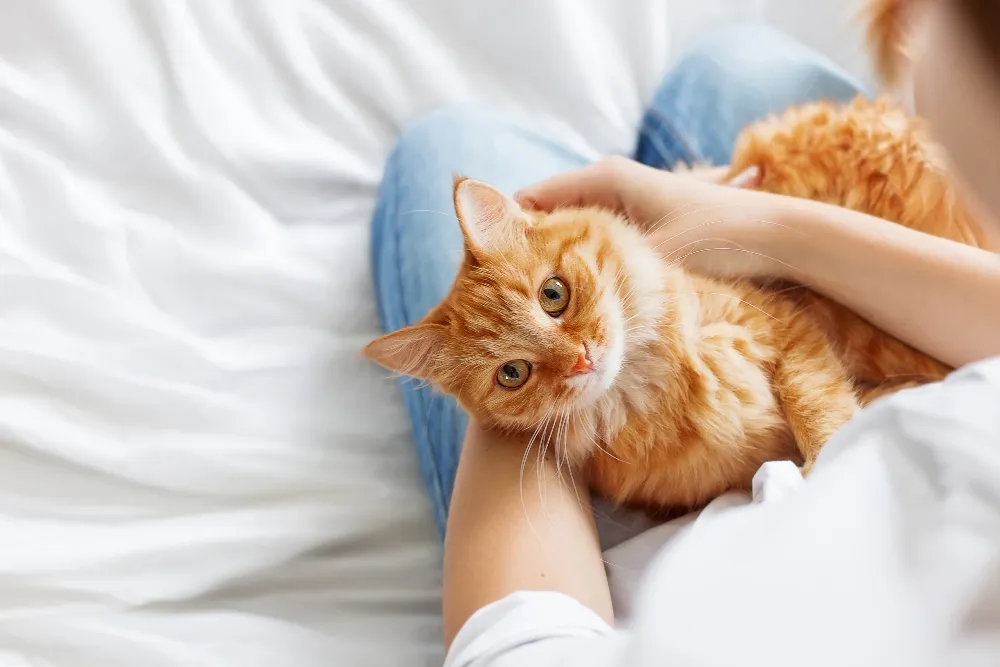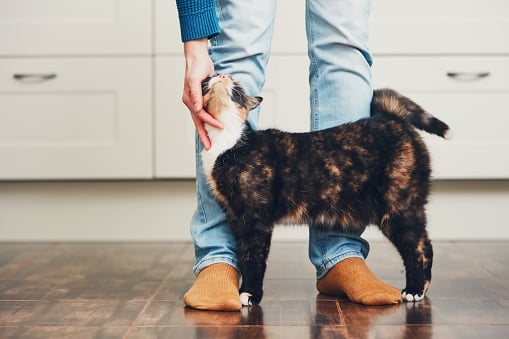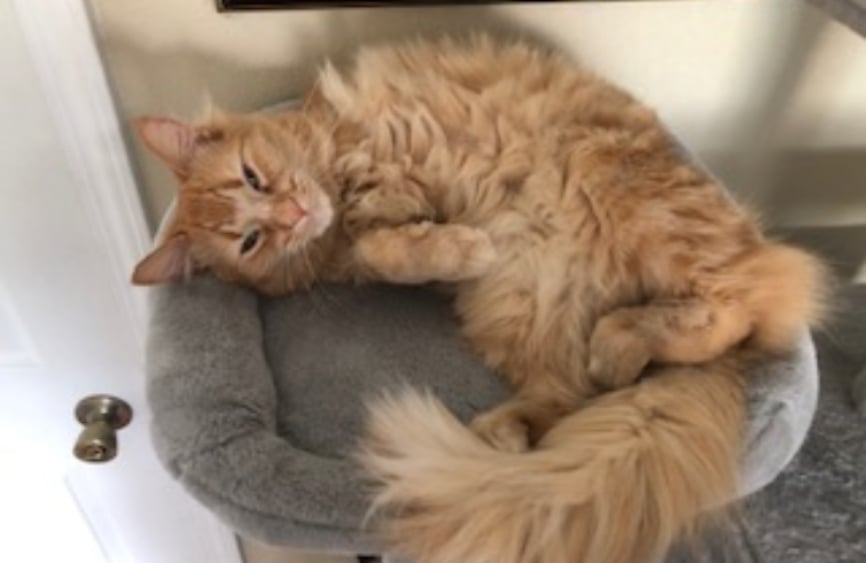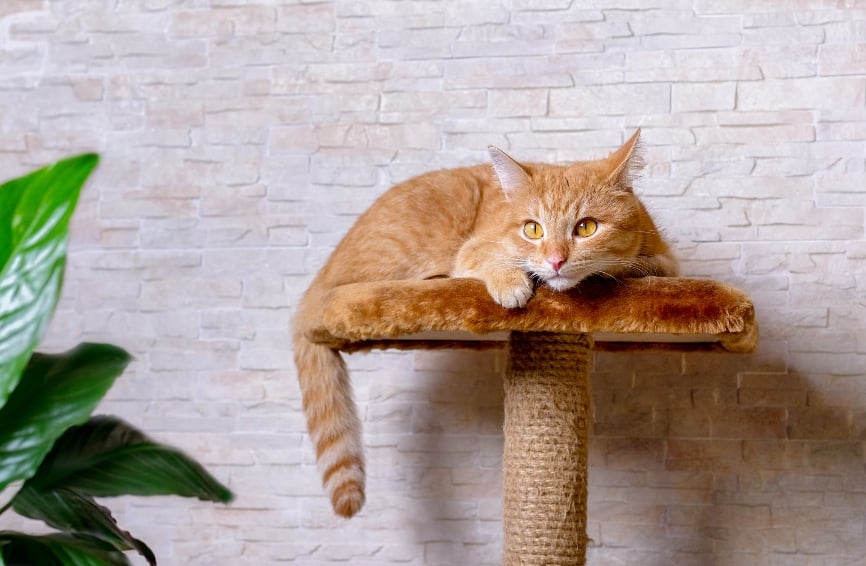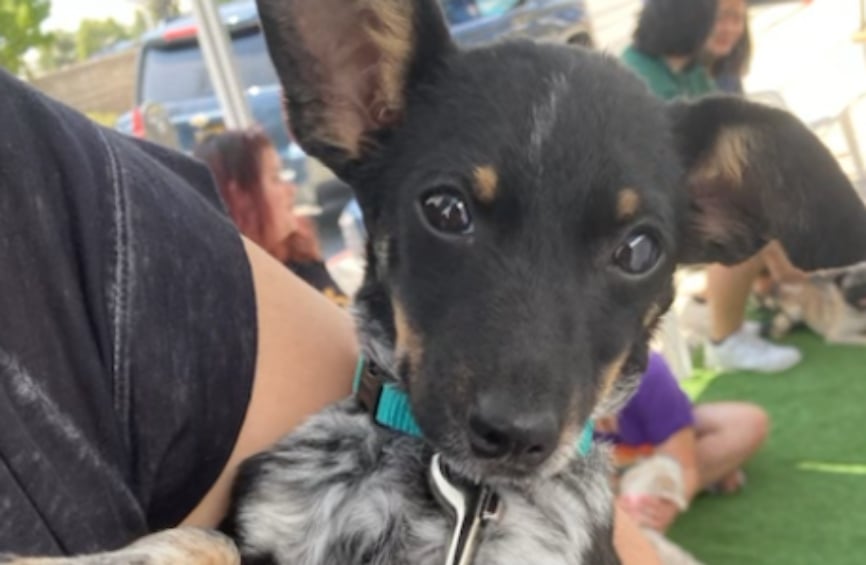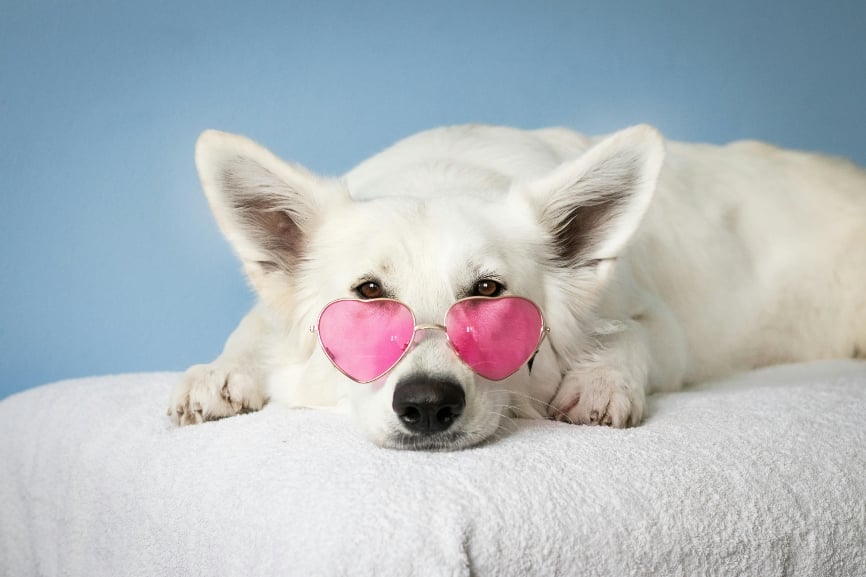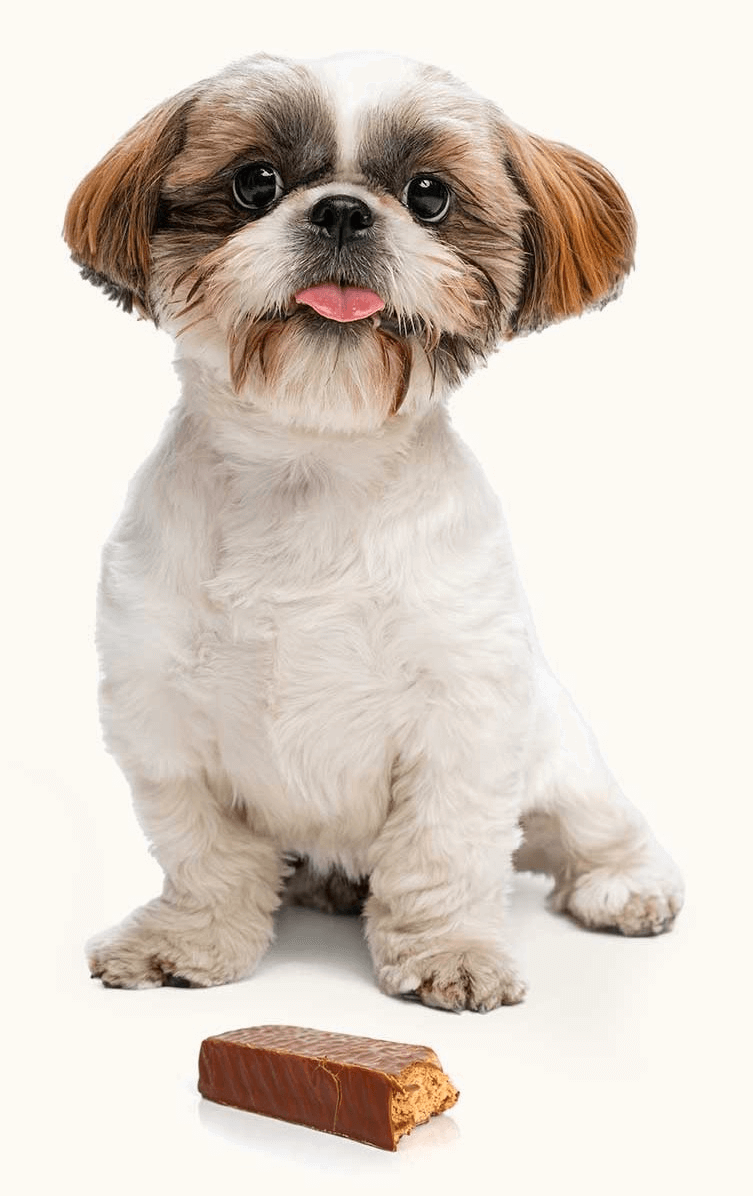Key Takeaways
- Cats often show humans a level of affection that is similar to how they would treat their biological mothers.
- Domestic cat behavior is modeled after natural kitten-mother behavior.
- Cats learn to influence human emotions just like human babies do.
- Cats find comfort in memories of their nursing mothers, which is why they like to knead our bellies with their paws.
Table of Contents
If you’ve lived with a cat, then you know that cats consider your home their home. Cats do what they want as they wander about, and you might wonder why. The answer is actually cuter than you think.
Our cats treat us as equals as opposed to a totally different species. According to recent studies, dogs behave differently around humans than they do other dogs. This clearly indicates that dogs view humans as different from themselves. However, cats treat humans the same as they treat other cats.
John Bradshaw, author of Cat Sense and a cat behavior expert at the University of Bristol explained, “They obviously know we’re bigger than them, but they don’t seem to have adapted their social behavior much. Putting their tails up in the air, rubbing around our legs, and sitting beside us and grooming us are exactly what cats do to each other.” In fact, cats treat us as a very specific kind of cat.
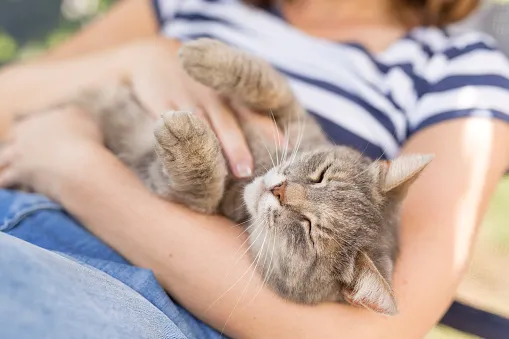
Cats treat humans as their mothers
No, your cat doesn’t actually think you’re the mama cat that birthed it. But cats show us a level of affection and respect that is very similar to the way they treat their mama cat. And this sweet fact flies in the face of anyone who thinks cats’ “aloof” personality means they don’t care about us. Because what being doesn’t love their mother figure?
In fact, cats behave independently because they think humans are cats like them. They think we’re just one of their kind. And cats reserve their affectionate behavior usually for the humans in their homes. Researchers found that cats were more relaxed and content around their humans, but more on high alert around strangers.
How did cats come to see us as mother figures?
It’s believed cats became domesticated about 10,000 years ago when humans started storing grain, attracting mice. The mice brought the original wildcats closer to humans and gradually diverged from their ‘wild’ relatives through natural selection and adaptation to hunting the vermin, according to International Cat Care.
Cats who were more tolerant of humans would have been more likely to come close to human settlements, and this self-selection would have helped in the process of their taming and domestication.
Because cats socialized themselves, they seemed to see us as potential caregivers from the beginning. Dr. Bradshaw explained, “Almost all domestic cat social behavior must have started out as mother-kitten behavior. Their ancestors were solitary, territorial animals, and the only friendly behavior between two cats would have been between mothers and their kittens.”
So, if cats learned to recognize their loving mamas as safe creatures that they could be friendly with, then they probably drew a similar conclusion about humans.
Signs your cat considers you part of their family
Cats use body language to show they are bonded to you. Here are a few ways your cat demonstrates they love you like family, according to PetMD.
- Slow blinking – Cats use eye contact with their people to show adoration, and often only directly look into the eyes of those that they trust and love. They often will make eye contact with lowered eyelids and steady, slow blinks.
- Headbutting – Your cat may bump their head against you or rub their cheeks against you to show affection.
- Grooming – Cats groom and lick each other as a display of affection, and this behavior will extend to humans when trust is built.
- Showing their belly – Considered the ultimate sign of trust for a cat. Cats only lie on their backs and show their bellies when they are in their most relaxed state.
- Meowing or purring – Cats will often give us short, quiet meows when we speak slowly and softly to them and they feel comfortable. Cats often purr to show contentment when they are resting near you or when you’re petting them.
- Wanting to be close to you – Cats will often follow those that they love and trust around the home. A cat who chooses to sleep on or close to you is showing they are comfortable with you.
Cats respond to our loving behavior
When animal behaviorists try to pinpoint how cats choose their “favorite person,” one major factor was how the person behaves towards the cat. If a human feeds, play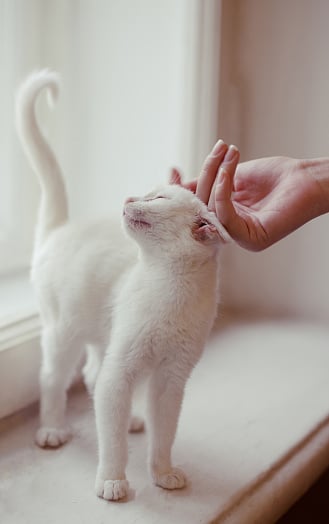 s with, and nurtures the cat, then the kitty is more likely to reciprocate with affection. So clearly, cats recognize our nurturing behavior and give it back to us.
s with, and nurtures the cat, then the kitty is more likely to reciprocate with affection. So clearly, cats recognize our nurturing behavior and give it back to us.
Cats learned to prey on our emotions like human babies
Cats don’t meow with other cats. They developed the “meow” to play to our loving emotions because it sounds like a baby’s cry. Because of that, these sounds are particularly effective for getting humans to do what they want. Clearly cats noticed how to prey on our parental instincts, and it works.
Cats knead our bellies with their paws
Kittens knead the area around their mother cat’s teat to help improve the flow of milk. While they don’t need to do that later in life, scientists believe that cats knead because it reminds them of the comforts of a nursing mother. Just another way that our cats treat us like their mothers.
Because our cats sometimes don’t always want to show affection, it’s comforting to know that their affection comes from such a strong place.
And let’s be real, we do fall immediately into our mom voice when we find our cats did something naughty. So, it fits.
Want to learn more about your cat? Check out How Do Cats Choose Their Favorite Person?, Why Do Cats Knead?, and Can Dogs & Cats Distinguish Between Human Genders? at Cuteness.com!
This article is provided by Cuteness—the go-to destination for passionate pet parents. Cuteness has answers to all of your health, training, and behavior questions – as well as the cutest, funniest, and most inspiring pet stories from all over the world.
